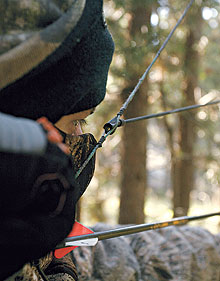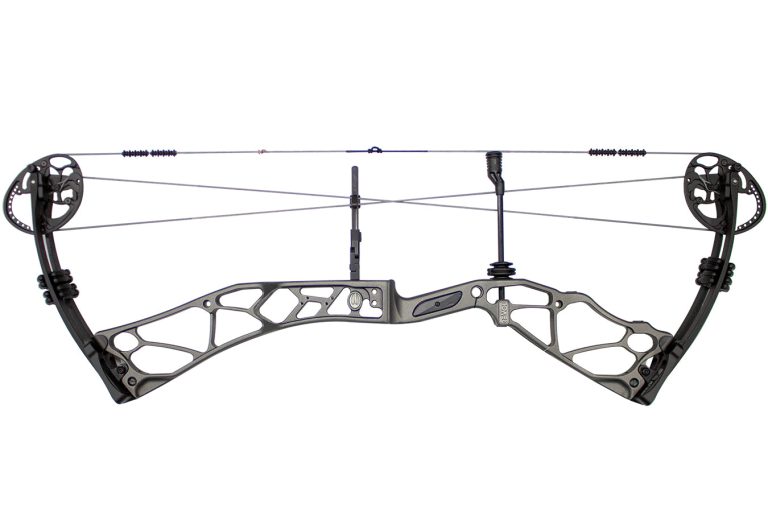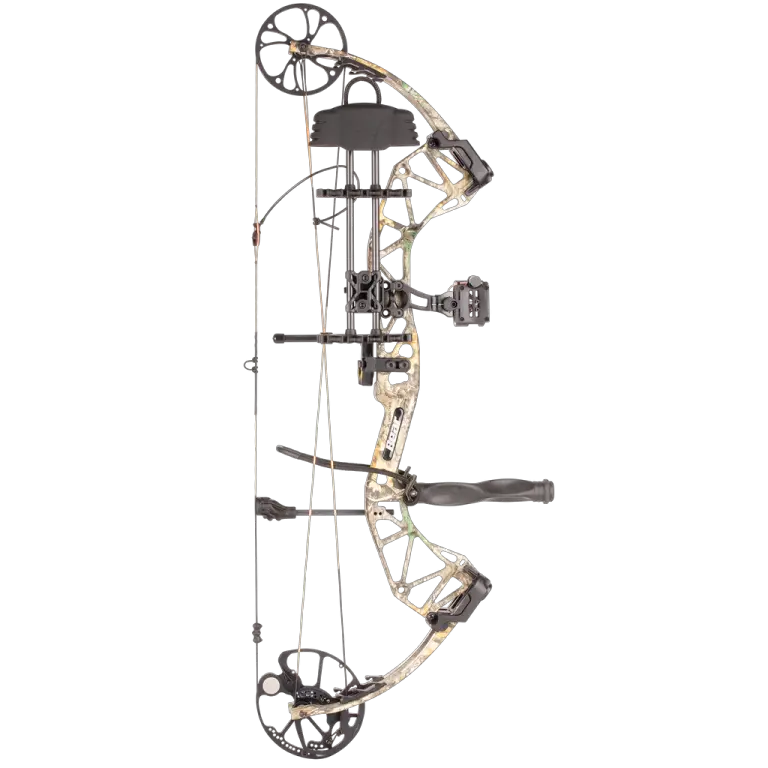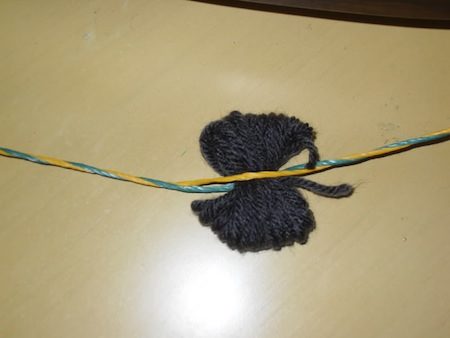Do You Need A Peep Sight On A Compound Bow
When it comes to using a compound bow, one question that often arises is whether or not a peep sight is necessary. A peep sight, a small aperture inserted into the bowstring, can provide valuable reference points when aiming. However, it is not a mandatory accessory for all archers. Whether you need a peep sight on your compound bow largely depends on personal preference and shooting style. In this article, we will explore the pros and cons of using a peep sight, as well as discuss alternative aiming methods to help you make an informed decision. So, let’s dive in and find out if a peep sight is right for you.
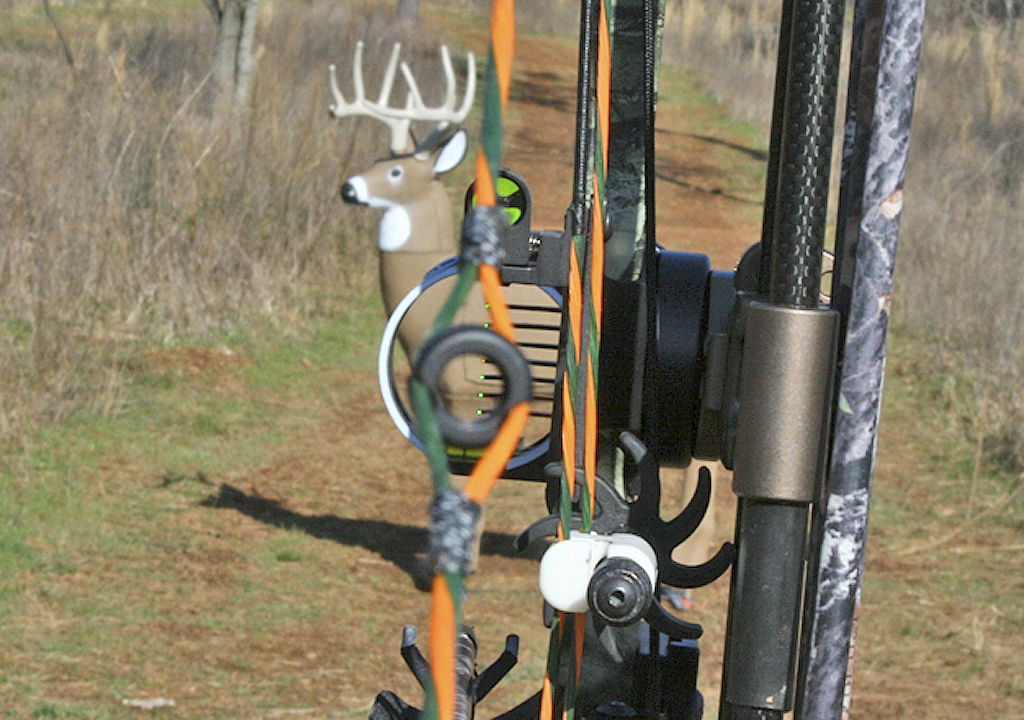
1. What is a Compound Bow?
A compound bow is characterized by a system of cables, pulleys, and cams that assist the archer in holding a high poundage at full draw. Unlike traditional bows, where the draw weight increases as you pull back, compound bows reach a peak weight and then “let-off” to a lower holding weight, allowing the archer to take more time when aiming.
2. Key Components:
Limbs
The limbs of a compound bow are different from those of traditional bows. While longbows have straight limbs and recurve bows have curved limbs, compound bow limbs are much stiffer. This stiffness provides the power behind the arrow, allowing for increased speed and accuracy.
Cams
Cams are one of the defining features of a compound bow. These oval-shaped devices rotate as the bow is drawn, and they play a crucial role in the bow’s overall performance. The shape of the cams determines the draw cycle’s feel, affecting factors such as smoothness and let-off.
Cables & Strings
The cables and strings of a compound bow are integral to the functioning of the cams. They transfer energy from the limbs to the arrow during a shot, and they help control the timing and synchronization of the cams. Regular maintenance and inspection of the cables and strings are essential for optimal performance and safety.
Riser
The riser is the central part of the compound bow, where the limbs, sights, stabilizers, and other accessories are attached. It is usually made of aluminum or carbon, providing strength and stability to the bow. The riser plays a significant role in the overall balance and feel of the bow when shooting.
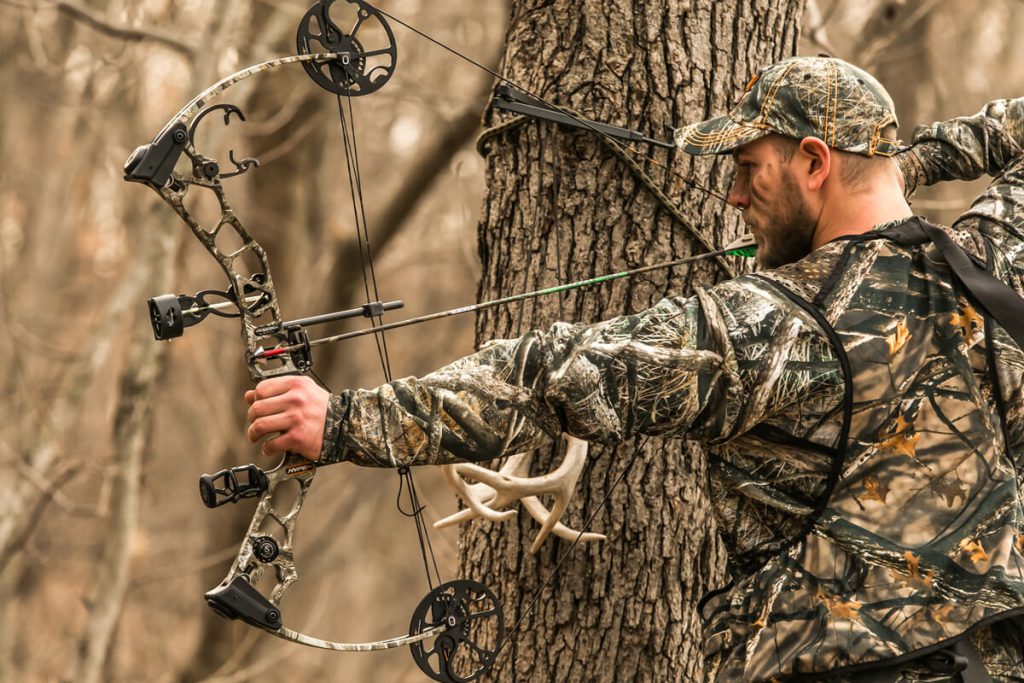
3. Advantages of Compound Bows:
Power & Speed
One of the significant advantages of compound bows is their ability to generate immense power. The combination of the stiff limbs, cams, and let-off allows for higher draw weights, resulting in faster arrow speeds. This increased power can be advantageous when hunting or participating in target archery, where accuracy and penetration are essential.
Accuracy
Compound bows offer enhanced accuracy compared to traditional bows. The mechanical advantage provided by the cams and the ability to hold the bow at full draw for longer periods allow for better aiming and improved shot consistency. This advantage makes compound bows popular among competitive archers and hunters alike.
Compact Design
Compound bows have a more compact design compared to traditional bows. The shorter limb configuration makes them more manageable in tight spaces, such as hunting blinds or when maneuvering through dense vegetation. This compactness contributes to better maneuverability and versatility in various shooting conditions.
Adjustability
Many compound bows offer a high level of adjustability, allowing archers to customize their equipment to their specific needs. Adjustments can be made to the draw length and draw weight, ensuring a proper fit for the archer’s physique and shooting style. This adjustability makes compound bows suitable for a wide range of archers, from beginners to seasoned professionals.
4. Choosing the Right Compound Bow:
Purpose
When choosing a compound bow, it’s crucial to consider your intended purpose. Are you targeting big game, participating in target archery, or perhaps bowfishing? Different bow models are designed with specific purposes in mind, so selecting the appropriate bow for your intended use is essential.
Draw Length
Ensuring the bow fits your personal draw length is crucial for optimal performance and accuracy. The draw length is the distance between the bowstring at full draw and the grip of the bow. Using a bow with an incorrect draw length can negatively impact your shooting form and consistency. It’s recommended to consult with a knowledgeable archery professional to determine your appropriate draw length.
Draw Weight
The draw weight of a compound bow is the amount of force required to draw the bow to full draw. It’s essential to start with a weight you can pull back comfortably and consistently. Beginning with a manageable draw weight allows for proper form and technique development. As your strength and proficiency increase, you can gradually increase the draw weight if desired.
Let-off
Let-off refers to the percentage of weight reduced when the bow is at full draw. A higher let-off allows you to hold the bow drawn for longer periods with less effort. This can be advantageous when waiting for the perfect shot opportunity during a hunt or when participating in target archery. Consider your personal preferences and shooting style when selecting a bow with the desired let-off.

5. Maintenance & Care:
Compound bows, with their intricate design, require regular maintenance to ensure optimal performance and safety. Periodically inspect the strings, cables, and cams for wear and tear. Look for any signs of fraying or damage and replace them as needed. Lubricate moving parts, such as the cams, to reduce friction and enhance smoothness. It’s also recommended to have your compound bow professionally tuned at least once a year to address any potential issues and maintain peak performance.
6. A Word on Safety:
When using a compound bow, safety should always be a top priority. The power and speed generated by compound bows should never be underestimated. Always use arrows that are recommended for your specific bow’s draw weight to ensure proper arrow flight and avoid accidents. Ensure your shooting lane is clear of any obstacles or distractions, and always be aware of what lies beyond your target to prevent unintended damage or injury.

Conclusion:
The compound bow is a remarkable fusion of innovation and tradition in the world of archery. It combines age-old principles with cutting-edge technology to provide archers with enhanced power, accuracy, and adjustability. Whether you’re a seasoned archer seeking to improve your game or a beginner embarking on your archery journey, the compound bow offers a unique and thrilling experience. By understanding its key components, advantages, and selecting the right bow for your needs, you can truly harness the potential of this exceptional piece of archery equipment.

